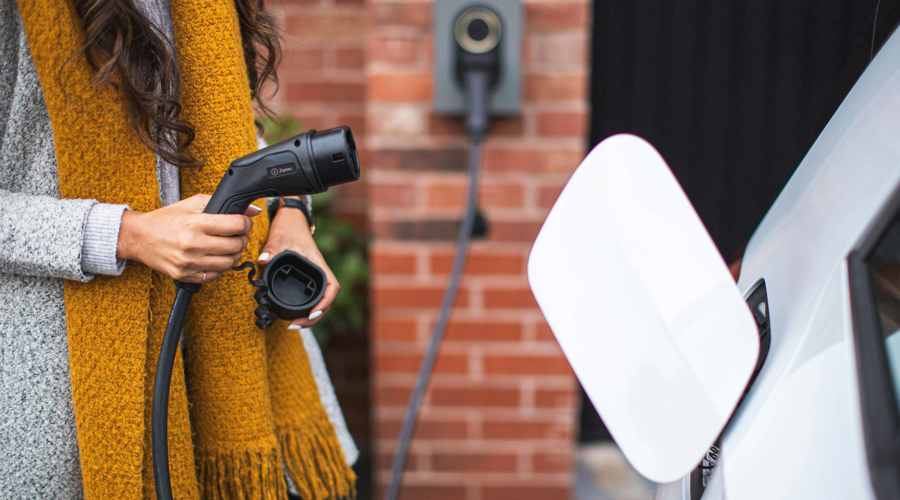The reported reasons that slowed the progress of EV adoption for the US consumers are not markedly different from other regions.
These include, firstly, the total cost of ownership which includes not only the sticker price of an EV and cost of charging but also a registration fee, sometimes a subscription fee for services, higher insurance premiums for EVs and repairs which are more costly.
Secondly, lack of consumer confidence in fully functioning charging infrastructure being available has dampened the EV uptake.
Thirdly, and probably more specific to the US market is the preference of American EV consumers for more than just affordability, long range and robust charging infrastructure. An important inhibiting factor to a rapid EV adoption has also been a resistance to alteration in lifestyle and the continued popularity of pick-up trucks and large SUVs for which limited EV options are available and the ones that are already on the market have not entirely convinced the consumers.
In the US, starting from 2024, the FEOC (Foreign Entity of Concern) rules laid down by the federal government come into force implying that EVs that contain any battery components manufactured or assembled by China (or other FEOCs) will not be eligible for the tax credit, currently a maximum of $7,500 per vehicle. These rules are intended to go hand in hand with IRA’s requirement that any EV subsidy is conditional on a percentage of all material inputs being sourced either domestically or from a US free trade partner. Currently, the threshold is 30% and will rise to 80% in 2027.
According to EV and Battery analysis firm Adamas Intelligence, the new EV provisions pitted automakers against mining firms with the former arguing that excluding China from directly participating in the US battery and EV supply chain would be close to impossible given the short timelines and would delay EV adoption by Americans by pushing up costs.[1]
With around 93% of the capacity deployed in EV batteries in the US being nickel-based and remaining 7% LFP, the American EV market is heavily invested in cell production relative to other regions.
According to Benchmark Intelligence, about 70% of cell capacity in North America is auto-led capacity as compared to 35% in Europe, 30% in Asia (excl. China) and 15% in China. This includes automakers such as Tesla and Toyota manufacturing their own battery cells and strategic alliances with companies which are mostly Korean or Chinese.
The number and variety of EV models that contain materials and components of foreign origin have contributed to creating healthy a EV demand in the US.
The IRA and the recent FEOC protect domestic supply chains, but without these foreign companies the EV transition might be challenging as reconfiguring existing supply chains takes time and skill development. However, these obstacles must be carefully weighed against the advantages of a more resilient domestic supply chain that the U.S envisions developing in the long run.


